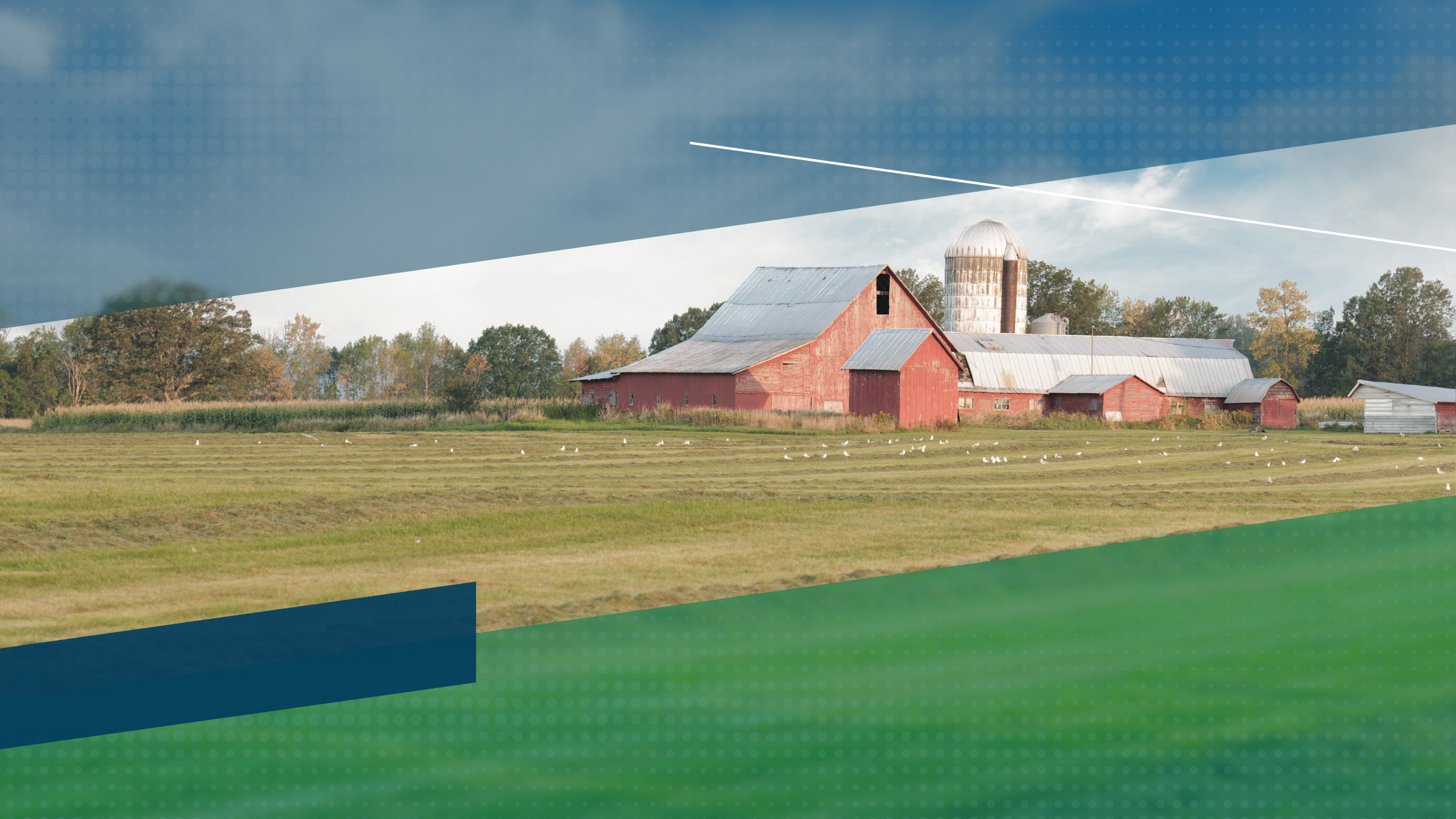Agricultural lenders responding to the Minneapolis Fed's third quarter survey noted a significant improvement in farmers' financial situation over last year at this time. But in the context of low current prices and poor overall income for several years running, district farmers are still experiencing financial problems. The situation would likely be much worse were it not for emergency government payments, which are partly responsible for the uptick in current farm income and general outlook.
Farm income, household spending and capital spending increased significantly in the August 2000 survey compared with August 1999. Also, agricultural producers are making more loan repayments, and fewer are extending loans. The percentage of farm borrowers at their loan limit decreased 4 percentage points from last year; land prices and interest rates rose.
Farm income and spending
"Cattle prices have increased, leading to some optimism for producers," commented a Montana agricultural lender. Farm income and spending have increased since the third quarter of 1999. Forty-six percent of lenders reported average or above-average farm income in the third quarter of 2000, a 32 percentage point increase from the same period last year. Despite drought and low grain prices, 75 percent of Montana respondents indicated average or above-average farm income, compared with no Montana respondents in last year's third quarter survey. This turnaround may be due in part to ranchers selling their stock early.
Capital spending increased from a year ago. About one-third of lenders reported normal or above-normal capital spending over the last three months, compared with 11 percent in the third quarter of 1999. Farm household spending also increased: 62 percent of the lenders noted average or above-average levels in the third quarter of 2000, compared with 41 percent last year.
Farm loan volumes
Farm loan volumes increased from a year ago. Operating loan volume, except for feeder loans, increased slightly, as 92 percent of lenders report ed normal or above-normal demand, compared with 86 percent in the third quarter of 1999. In addition, demand for feeder livestock increased, with 10 percent of lenders indicating above-normal levels in the third quarter of 2000 vs. 4 percent in the third quarter of 1999.
Machinery loans returned to more normal levels, as 46 percent of bankers reported normal activity in third quarter of 2000 compared to 21 percent of the third quarter 1999 respondents. Real estate loan volume increased as 57 percent of surveyed bankers noted average or above-average levels in the third quarter of 2000 compared with 46 percent of last year's respondents.
Bank credit conditions and liquidity
Normal and above-normal levels of loan repayments are reported by 72 percent of lenders, a 31 percentage point increase over last year's results. Renewals and extensions decreased, as 24 percent of respondents indicated above-average levels, compared with half of the lenders in the third quarter of 1999. Moreover, the number of farmers at their debt limit decreased from 38 percent in the third quarter of last year to 33 percent in the third quarter of 2000. Meanwhile, availability of funds is becoming a problem: 10 percent of banks reported not lending due to shortage of funds vs. only 5 percent in last year's survey.
Land values, collateral and interest rates
"Cash rents continue to rise in this area," reported a South Dakota lender. Cropland prices increased from an average of 3 percent in Montana to 8 percent in western Wisconsin over last summer's prices. In addition, pasture land price increases ranged from an average of 6 percent in Montana to 14 percent in western Wisconsin over those of a year ago. The solid land prices have helped farmers' financial position. For example, over four-fifths of lenders lowered collateral requirements to more normal levels. Meanwhile, interest rates for farm loans have increased about 100 basis points from the third quarter of 1999.
Outlook
"Improved livestock prices and hopes of above average yields will offset the poor grain prices," said a Minnesota agricultural lender. Meanwhile, lenders in Montana have a different point of view. "We are still in an extreme drought. I expect to see more cows sold this fall in this area than usual because of lack of grass and hay," commented a Montana lender. This dichotomy of views is reflected in the outlook for farm income, as only 11 percent of lenders expect above-normal income levels in the next three months, while 51 percent expect below-normal income. The outlook for capital spending is even less bright: More than two-thirds of lenders expect below-normal capital spending over the next three months.
| Fixed Interest Rates * | ||||
|---|---|---|---|---|
| Feeder Livestock | Operating | Machinery | Real Estate | |
| 3rd Q '99 | 9.4 |
9.5 |
9.3 |
8.7 |
| 4th Q '99 | 9.6 |
9.7 |
9.5 |
9.0 |
| 1st Q '00 | 9.8 |
9.9 |
9.8 |
9.2 |
| 2nd Q '00 | 10.1 |
10.1 |
10.0 |
9.4 |
| 3rd Q '00 | 10.4 |
10.5 |
10.3 |
9.7 |
| * Average of reported rates in mid-August 2000. | ||||
Facts about the survey
Each quarter, the Federal Reserve Bank of Minneapolis surveys agricultural bankers in the Ninth Federal Reserve District, which includes Montana, North Dakota, South Dakota, Minnesota, northwestern Wisconsin and the Upper Peninsula of Michigan. In August, 101 bankers responded regarding conditions during the third quarter.





